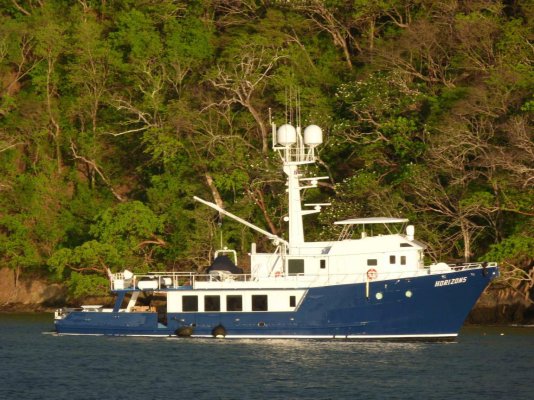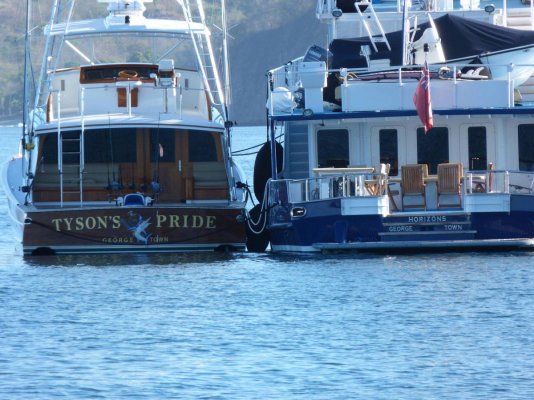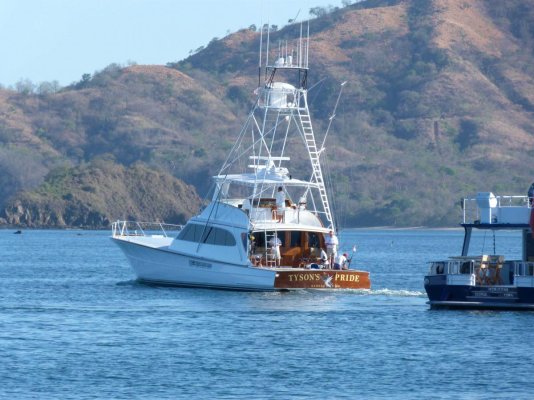- Joined
- Jun 25, 2008
- Messages
- 10,104
- Location
- Australia
- Vessel Name
- Now boatless - sold 6/2018
- Vessel Make
- Had a Clipper (CHB) 34
You are kidding about the Danforth statement....I hope...otherwise I'm not sure how you think anchors work.
I try very hard and give credit to people in these forums till they come out with stuff that's OFF THE MAP about things....The danforth will dig till the pull is overcome by resistance or the flukes break off. That's why they blow all other anchors off the scale for holding in similat situations...the problem is they are finicky...but a set one will never fail in a straight line pull unless IT breaks or the bottom breaks free (assuming the scope doesn't exceed it's design angle but that's true of all anchors except cement blocks)
No, not kidding...I've owned and used Danforths all the time I had a yacht (sail boat), and I often dived on the anchor, and usually found the flukes buried, but the long horizontal bar the flukes rotate on at the end furthest from the shank, seemed to stick out beyond the flukes edges and stop it digging any further. Of course it might have been we never subjected it to enough force to pull it under, so if you can assure me the whole fluke end goes in under the bottom in a good pull, I'm happy to accept that and stand corrected. They certainly set well usually, except when they pick up a can on the bottom, as mine did twice.




